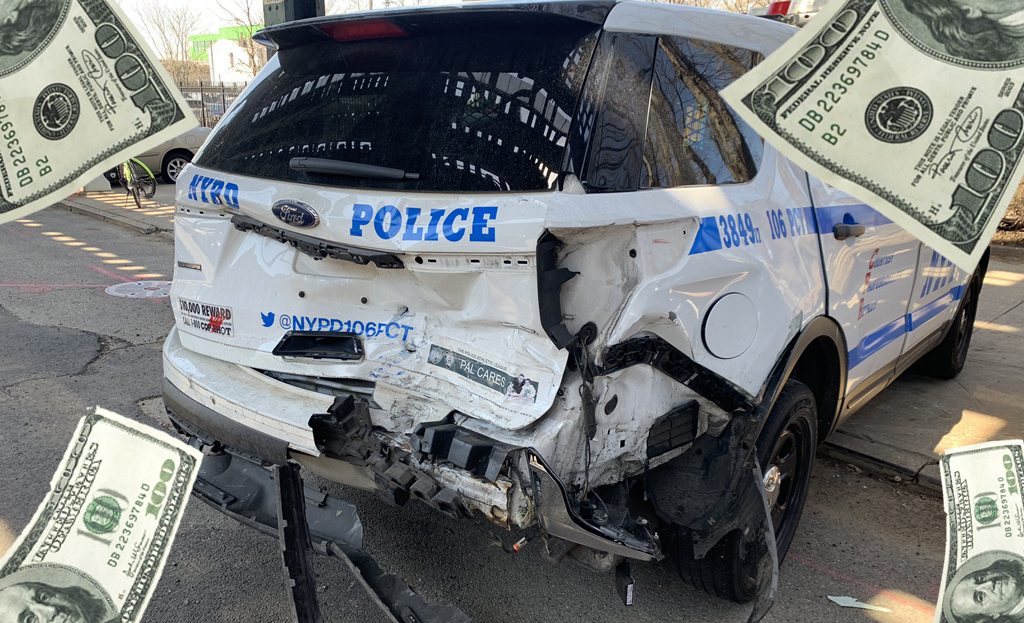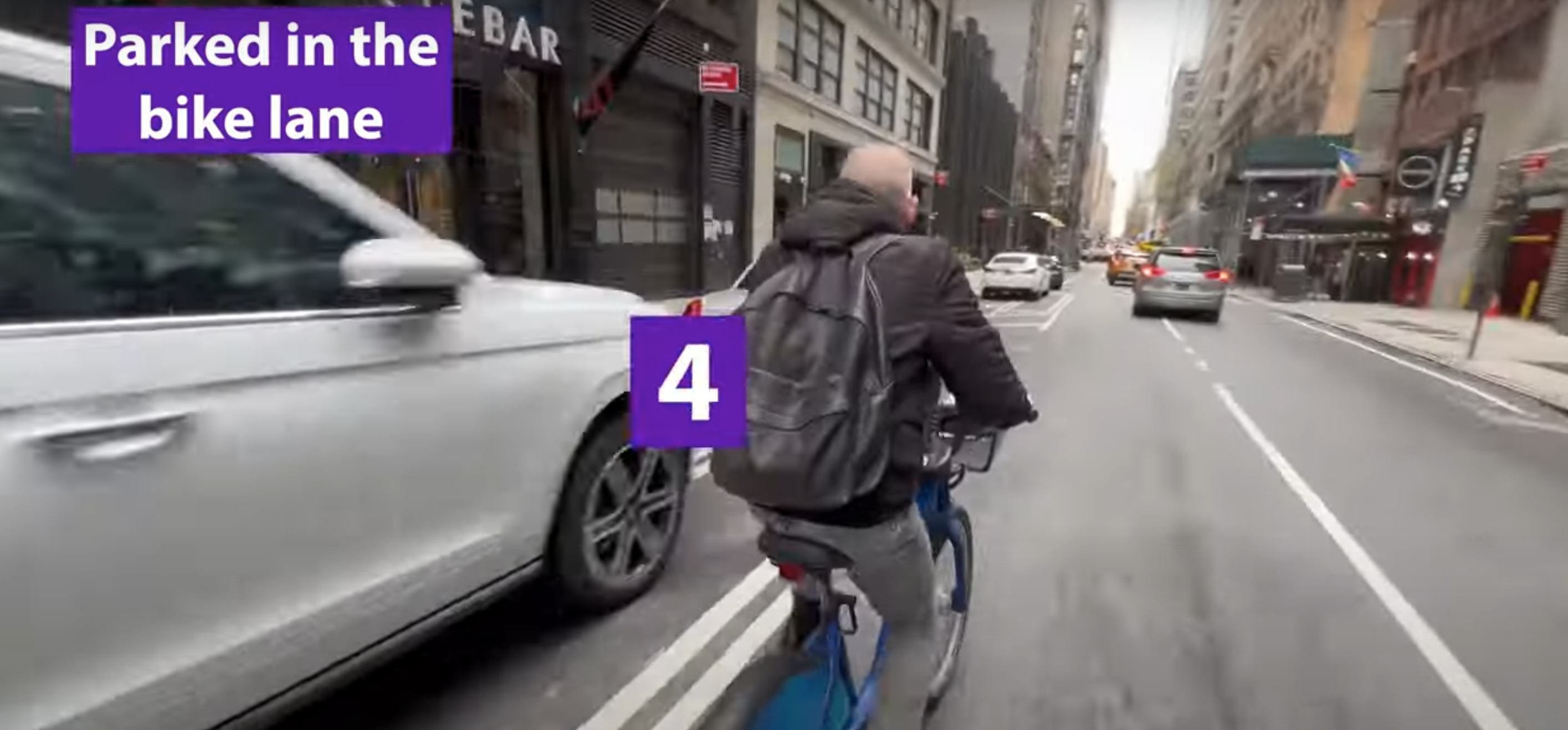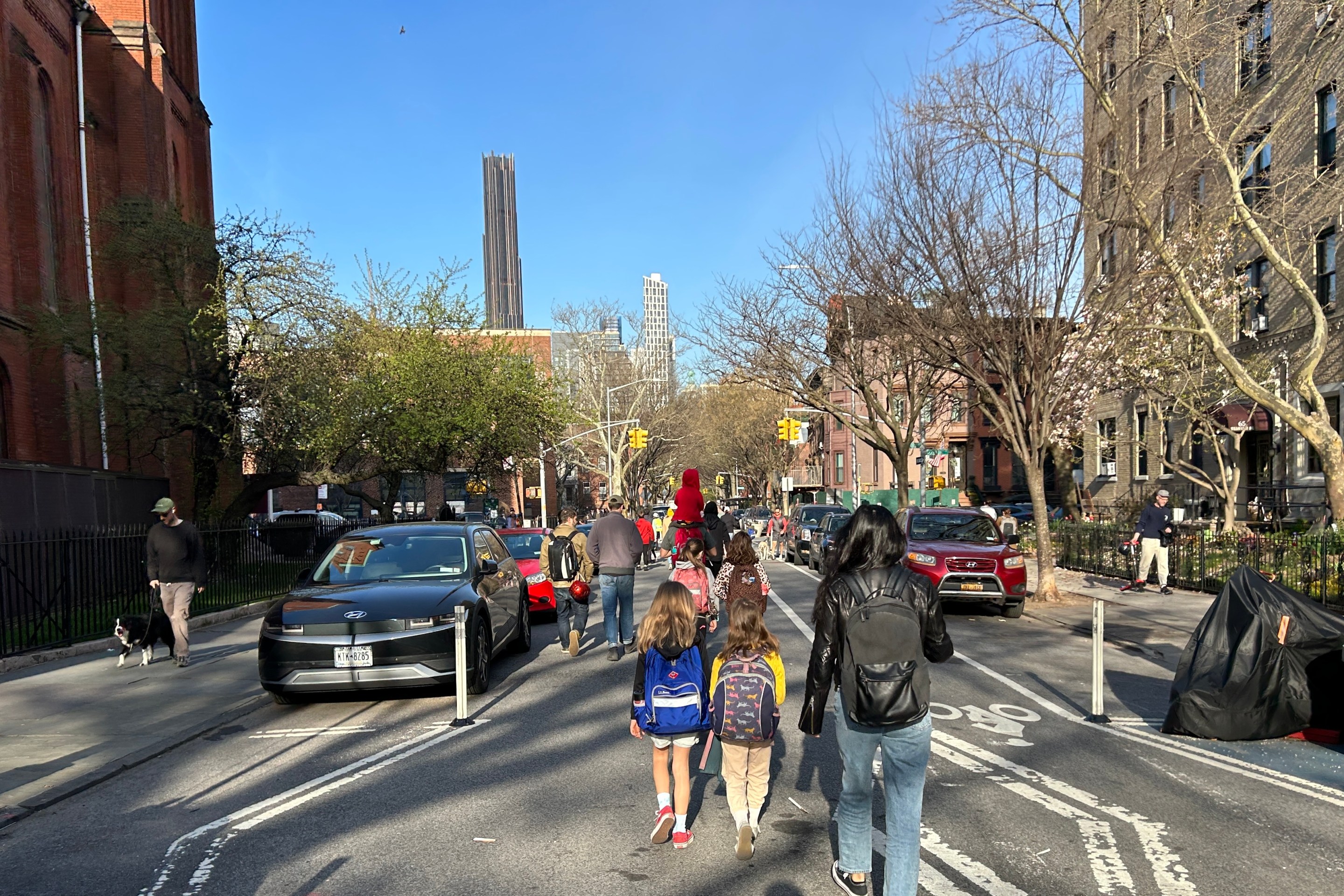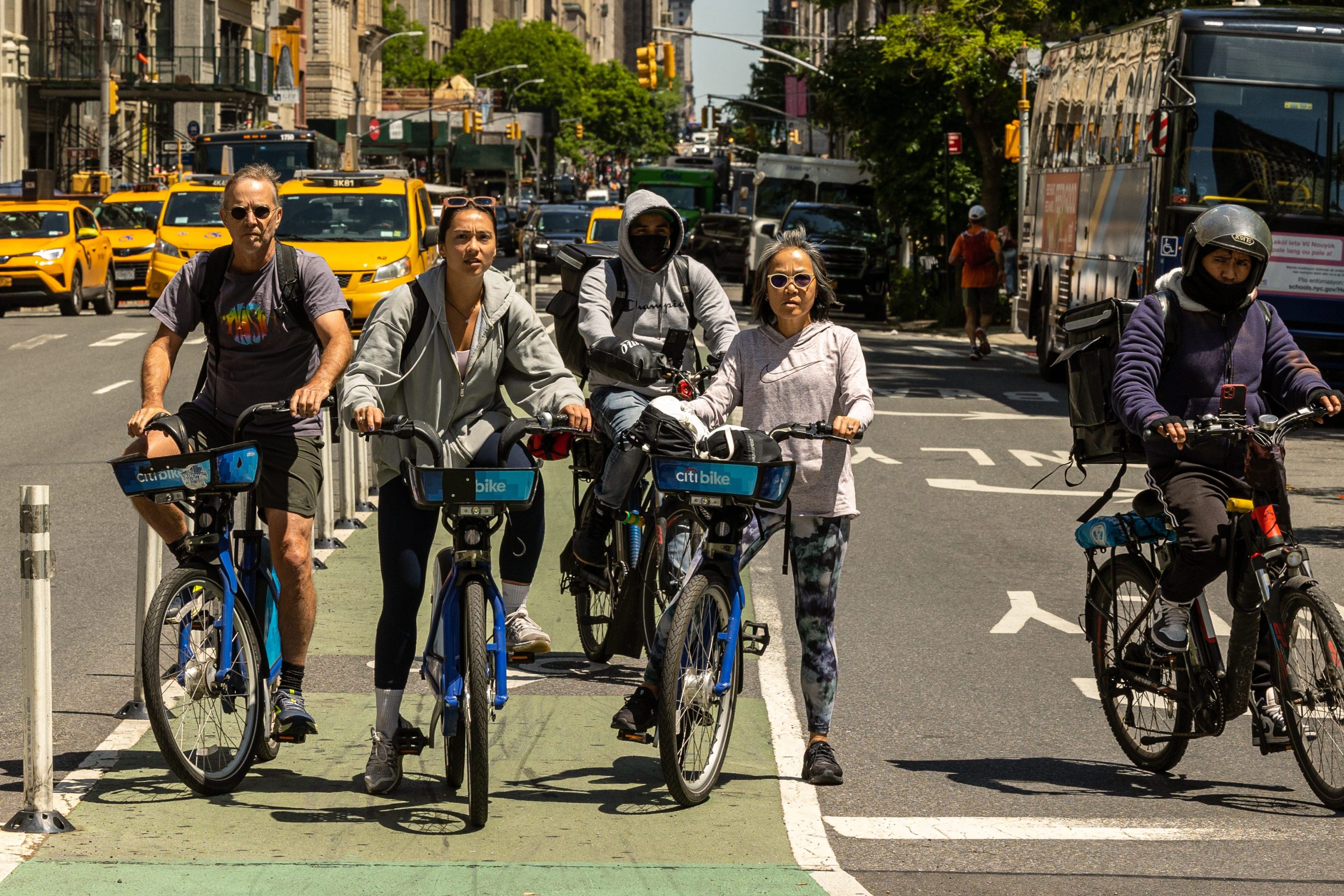 Over on the New York Times's City Room blog, Sewell Chan reports on opposition to the July 8 closing of the West 72nd St. exit ramp from the West Side Highway, a move that has been fought in court for years by neighborhood activists. The off-ramp is being demolished at the request of the Extell Development Company, which is constructing the massive Riverside South residential complex, to enable the extension of Riverside Boulevard, the complex's main street. Manhattan Borough President Scott Stringer has tried to make the case that poses a security risk, issuing a statement that said, in part:
Over on the New York Times's City Room blog, Sewell Chan reports on opposition to the July 8 closing of the West 72nd St. exit ramp from the West Side Highway, a move that has been fought in court for years by neighborhood activists. The off-ramp is being demolished at the request of the Extell Development Company, which is constructing the massive Riverside South residential complex, to enable the extension of Riverside Boulevard, the complex's main street. Manhattan Borough President Scott Stringer has tried to make the case that poses a security risk, issuing a statement that said, in part:
A large-scale emergency situation on the Upper West Side, such as a significant fire, building collapse or terrorist attack, would require emergency personnel from throughout the city to access the area to provide medical and other relief services. With no point of entry at West 72nd Street, emergency response vehicles would need to exit the highway at West 56th Street and travel north on congested city streets, or exit at West 79th Street and travel south on equally congested routes to access any location in between.
An Upper West Side resident and commenter on the City Room site had similarly dire predictions for the outcome of the 72nd St. closing:
West End Avenue will now become a seven-lane superhighway, imposing increased noise, pollution, and danger to pedestrians. This was put through irregularly, without proper engineering and environmental studies, disregarding the will of the local community, and against the public interest. It shows municipal government being manipulated to serve private interests -- NY City as a classic banana republic!
But another commenter cites this study on the reallocation of road space to paint a much rosier scenario:
I'd be curious to see the traffic model or data set that Stringer is using to make his prediction of increased congestion. I doubt he'd be able to produce any data to back up his claim of increased congestion.
That's because the closing this off-ramp will, almost certainly, create a significant reduction in traffic on W. 72nd Street. After all, many of the vehicles currently using the street are driving to or from the off-ramp. Close the ramp and that traffic goes away. The traffic reduction would likely be felt on streets and avenues around the closed ramp as well.
Anyone know more about this project and care to speculate on how things will play out once the exit is permanently closed on Sunday?
Photo: Hiroko Masuike for the New York Times
 Over on the New York Times's City Room blog, Sewell Chan
Over on the New York Times's City Room blog, Sewell Chan 



